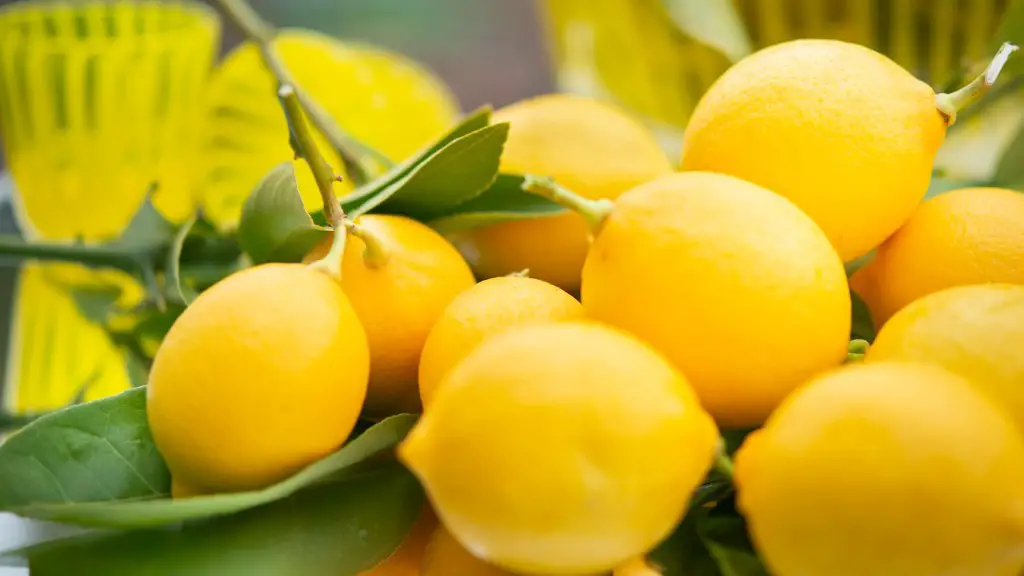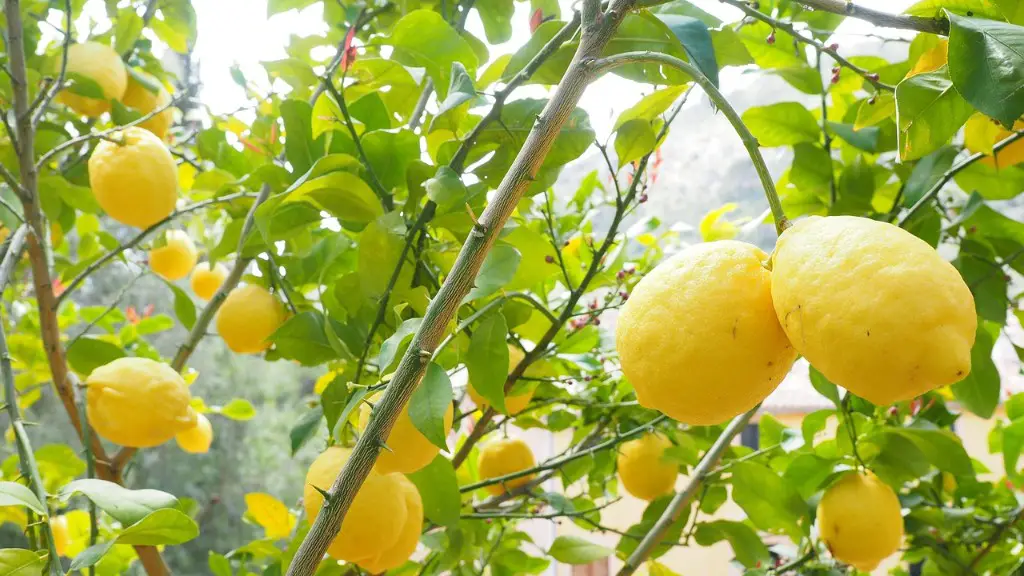Lemon trees are a terrific way to spruce up the outdoor space. Whether you’re just looking for a new addition to your back yard or have a specific purpose in mind, such as cooking, lemon trees are an easy way to add a unique touch to any garden. But if you don’t know where to purchase a lemon tree, no worries! There are lots of great options to choose from.
The most logical place to begin your search is at a local nursery. Many nurseries have dedicated departments that stock a variety of Lemon trees, both in their natural form and with grafted branches. Most of these nurseries will have knowledgeable staff that can help you select the right size and type of tree, as well as advise on how to care for it properly. You can also find lemon trees for sale online, where you can browse through a much larger selection.
Another great source is your local garden center. It’s likely they’ll have a few varieties of Lemon trees in stock and can order specific cultivars if the need arises. You can also find Lemon trees for sale in garden catalogs. Catalogs usually have a wide selection of plants and trees, and often provide helpful details such as height, diameter and amount of fruit yield. One major benefit of buying from a catalog is that delivery is usually free.
If you’re lucky enough to live in a region that experiences warmer temperatures, you can also explore some of the farmers markets and roadside fruit stands. Many farmers grow and sell their own citrus fruits such as oranges, lemons and limes. This is a great opportunity to buy organic, and even get a tree that is already producing fruit. You can also ask around among your friends and family – someone you know might have a Lemon tree they’d be willing to part with.
Finally, if you have a little more to spare, you can always purchase a Lemon Tree from a specialty nursery. These nurseries specialize in citrus trees and can provide you with information on specific varieties and cultivars that are best suited for your area. They’ll also be able to offer advice on how best to maintain your tree throughout the year.
Growing Lemon Trees
Growing a lemon tree can be a rewarding experience, but it does require frequent care and attention. Lemon trees need plenty of sunlight and water, as well as fertilization and protection from pests. Additionally, if the temperature drops too low, the tree can suffer from frost. Taking the time to learn proper care and maintenance will ensure that your lemon tree continues to thrive and bear fruit.
When choosing a location for your lemon tree, keep in mind that lemon trees need as much direct sunlight as possible. When it comes to water, lemon trees should be kept moist but not soaked. Additionally, Lemon trees require regular fertilization, which can be done with a store-bought product or an all-purpose fertilizer. For protection from the elements, be sure to pick up some insect repellent and a frost blanket if the temperatures drop too low.
Finally, make sure your lemon tree gets plenty of airflow. Overwatering can cause the roots to rot and promote the growth of fungi and other diseases. That’s why it’s important to prune the leaves and branches when necessary, and also keep a general eye on the health of the tree.
Pruning Lemon Trees
Pruning your lemon tree is an important part of maintaining it. Pruning is the process of removing diseased, dead, or worn-out twigs and branches from the tree. This ensures that the tree is healthy and keeps the size of the canopy manageable. Pruning also helps with airflow, as too much foliage can reduce the amount of light and air that reaches the tree.
When pruning your lemon tree, you’ll want to focus on removing any dead, damaged, or overcrowded branches. Even healthy branches should be pruned, as it can help manage the tree’s size and shape. It’s important to use the right tools when pruning and to avoid damaging the bark. Lastly, be sure to clean your tools before and after use, to reduce the risk of transmitting diseases.
Fertilizing Lemon Trees
Lemon trees require regular fertilization in order to stay healthy and perform optimally. Fertilizers provide the tree with the nutrients it needs for optimal growth and fruit production. There are a variety of different fertilizers available, and most come with detailed instructions on proper application.
Most fertilizers should be applied around the base of the tree, working outward and avoiding the roots. Depending on the type of fertilizer, you may need to do this multiple times throughout the growing season. It’s also important to water the ground after you’ve applied the fertilizer, and to take extra care around the roots of the tree.
Harvesting Lemon Trees
Harvesting lemons from a tree can be a great experience, and brings a sense of pride and accomplishment. You should wait for the lemons to become fully ripe before harvesting them. This means leaving them on the tree for a few weeks after they change color, so that they become slightly soft to the touch.
When harvesting lemons from a tree, it’s important to use the correct tools. Several different types of pruners are available and may be necessary depending on the size of the branches. It’s also important to avoid damaging the tree while harvesting, as this can weaken it and cause it to become diseased.
Lastly, you should avoid harvesting too much fruit at once. Taking too many lemons off of the tree at once can put a strain on the tree and reduce the productivity of the remaining fruit. It’s best to harvest lemons in batches, with a few weeks in between.



